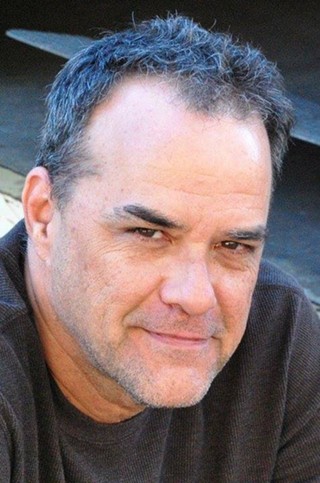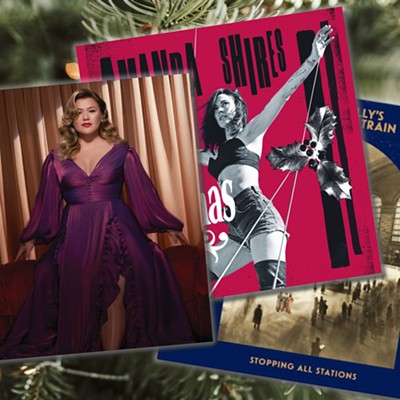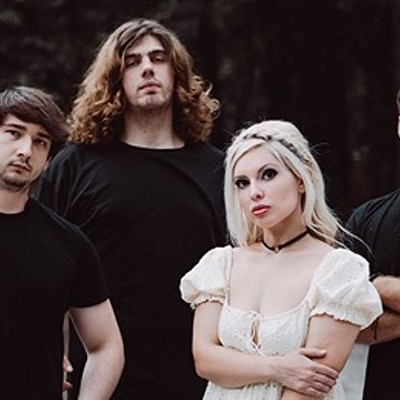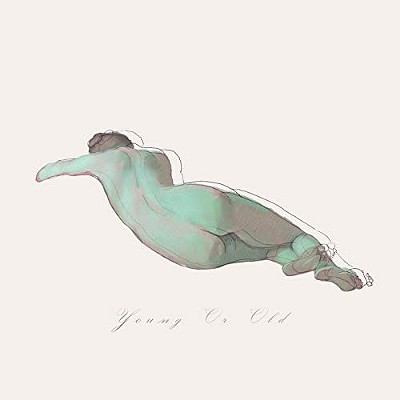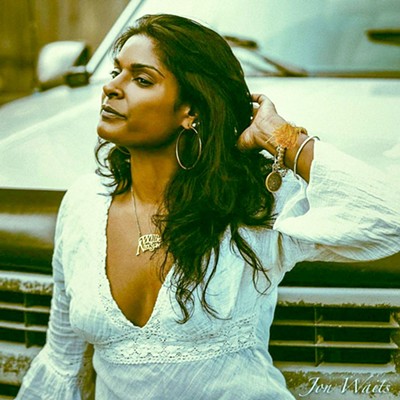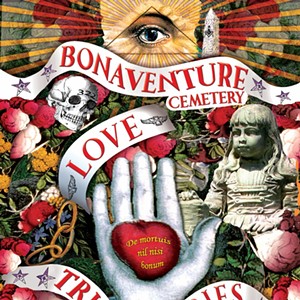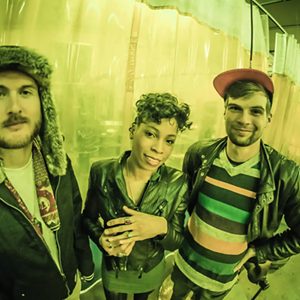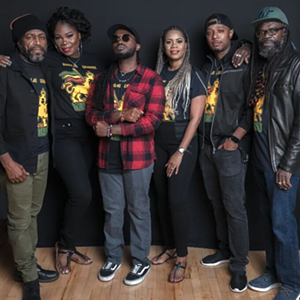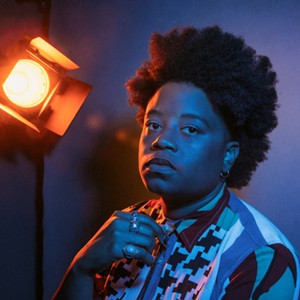ENGLAND'S HIPPEST music magazine, Mojo, recently devoted 30 full pages, over two issues, to the 40th anniversary of the two-disc album the Beatles released at the tail end of 1968.
Not once in the entire spread did Mojo use the album’s proper name.
For the record, its title is The Beatles. Because it arrived artfully housed in a plain white sleeve, the set immediately earned the nickname “The White Album,” and for 40 years, everybody has referred to it that way.
Calling their ninth album The Beatles, ironically, implied a collective partnership that was virtually non-existent by 1968. John Lennon and Paul McCartney were hardly on speaking terms, let alone writing together, and nearly every song was recorded in sessions overseen by the individual composers. The others acted as session musicians and background singers when their fellow Beatles requested it.
Released on Nov. 22, 1968 — five years to the day after “I Want to Hold Your Hand” — the 93-minute album, first on the Apple Records label, was brilliant, fun, mysterious, difficult, joyful, dangerous and radiant all at the same time. Today, it is the Beatles’ top-selling album — no small feat, when you factor in Sgt. Pepper, Rubber Soul, Revolver and Abbey Road — hitting the platinum-sales mark 19 times. According to the Recording Industry Association of America, The Beatles is the 10th best-selling album in history, by anybody.
Most of the songs were written in early 1968 during the quartet’s visit to Rishikesh, India, to study Transcendental Mediation under Maharishi Mahesh Yogi. It was the last excursion the four old friends would ever take together.
The highs and lows of ashram life run through the lyrics of Lennon’s “Dear Prudence,” “I’m So Tired,” “The Continuing Story of Bungalow Bill,” “Everybody’s Got Something To Hide Except Me and My Monkey” and, most explicitly, “Sexy Sadie,” originally written as a vitriolic kiss-off to the guru after Lennon decided he wasn’t so holy after all.
“Yer Blues” Lennon in a period of painful transition: “Yes I’m lonely, wanna die,” he screams, meditation clearly not doing the trick for him. He would, with a month, begin his obsessive relationship with Yoko Ono, who turns up as a ghostly image in “Julia,” a ballad Lennon dedicated to his late mother.
McCartney, meanwhile, came up with three of his most idyllic acoustic songs: “I Will,” “Blackbird,” and “Mother Nature’s Son” arrived during the Indian retreat.
Harrison turned in one of his most enduring compositions, the brooding but elegant “While My Guitar Gently Weeps,” and the bouncy “Piggies,” a sly poke at the British class system.
The finished product came to include Lennon’s feisty “Revolution 1” and hallucinogenic “Happiness is Warm Gun,” his spooky sound collage “Revolution 9” and his trippy word-game “Glass Onion.” Lennon wrote a kids’ song, “Good Night,” for Ringo Starr to sing; the drummer even got his first-ever solo songwriting credit, for a country throwaway called “Don’t Pass Me By.”
Ultimately, the album’s patchwork quality worked in its favor, like a book of dynamic short stories, each more complex and illustrative than the one before. There was, in fact, so much blinding color over its 93 minutes that wrapping it in anything but stark white – the absolute absence of color – would have felt like over-saturation. cs
‘These were my boys, the greatest in the world’
In 1993 the author interviewed George Martin, the Beatles’ producer.
You’ve said that you tried to get them to cut this album to a single–disc, 14–track album. What would you have cut out?
George Martin: That’s a good question, because it’s now such an accepted album. Don’t forget, I was looking at it from the point of view of the songs when I heard them, rather than the songs when they were finished. I said to myself, “Let’s pick the best and most commercial songs, and let’s work on those. Let’s forget the other ones for the moment.” I’m not saying we wouldn’t have recorded those other songs, but I would like to have made a really great album out of the best of the stuff there. But they wanted everything done at once. I thought they were dissipating their energies rather than focusing them. There are one or two items of dross on the White Album.
Such as?
George Martin: You’ll have to read them off. Was “Bungalow Bill” on that? “Honey Pie?”
Yes, and “Wild Honey Pie,” ““Revolution 9,” “Birthday.”
George Martin: “Birthday.” Well, there you go. You’re picking them for me! There are songs that are not at the front rank, put it that way. From other groups they probably would be front rank, but these are my boys, they’re the greatest in the world, and that’s the way I saw it. cs
Read the complete interview at www.billdeyoung.com

